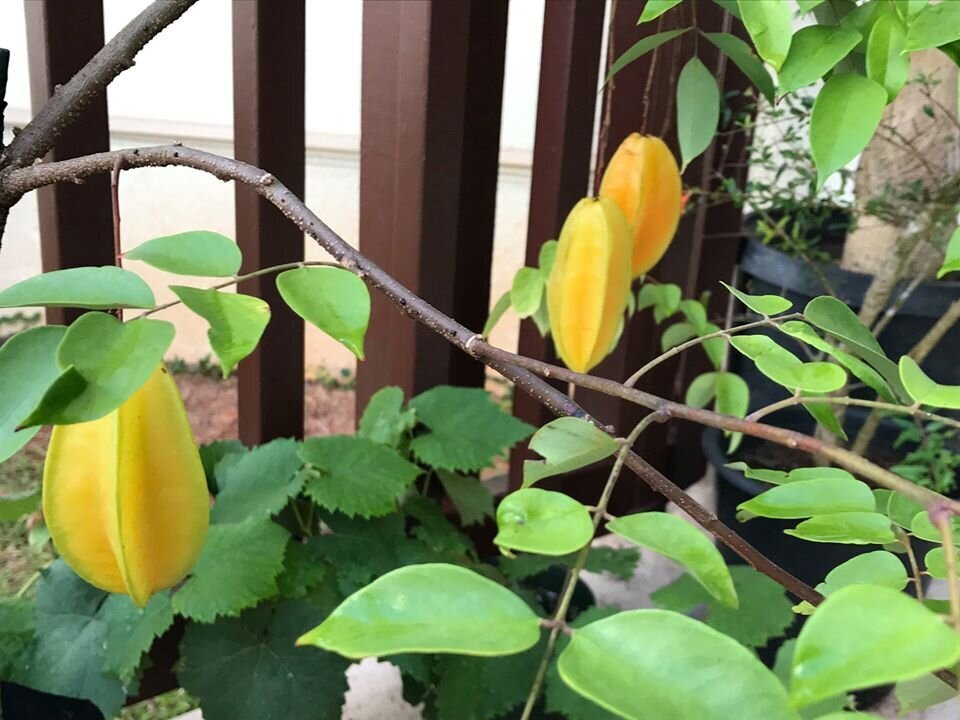
Lanai Gardening
Gardening is very popular in the idyllic Hawaiian climate. Many people here live in congested urban areas with no place to garden, but lanais are nigh-universal. Lanai gardening comes with its own set of challenges, but they can be overcome and you can enjoy a lush, tropical setting right outside your own door.
To combat wind and heat, grow your lanai plants in pots with thick, heavy walls. Light-coloured, glazed ceramics make excellent and beautiful containers for balcony plants. The heavy weight helps keep your plants upright in the wind and the thick pots slow soil evaporation. Clustering plants together either inside a large, decorative container or by strategically grouping the pots can help reduce transpiration rates as the plants shelter and shade each other. It is important to keep an eye on your plants’ water needs; plants grown on lanais can use more water than the same plants grown in the ground or as houseplants – the scorching sun and drying winds can quickly cause a plant to wilt. For those too busy to be able to keep as close an eye on their lanai garden as they’d like, automatic watering systems can be purchased that either attach to a tap or use a refillable reservoir. These can be set up to keep your plants happily-watered during your busy week.
A pot of Philodendron gloriosum adorning an entryway
Orchids can make good lanai plants. Some are surprisingly tough; this Dendrobium canaliculatum usually sat in full sun and wind.
The change in position of the sun throughout the year is harder to manage. For part of the Hawaiian summer, the sun is to our north; during the rest of the year it is to our south. As the seasons change, the focus of the sun’s heat changes on your lanai from morning through evening as well as from summer through winter. Some plants are hardy enough to be able to take the change in sunlight exposure, but many will suffer when they find themselves in the sun. The only way to protect them from sunburn is to keep them out of the sun, either with some sort of sunshade or by repositioning them while the sun does its annual migration.
Starfruit (Averrhoa carambola) on the author’s lanai.
Pests are always an issue with container-grown plants. Unlike houseplants, plants grown on lanais are exposed to the elements. This helps reduce pest numbers, which can explode out of nowhere in sheltered, indoor sites. On the lanai, nature can help, but pests will almost certainly be something you will need to address, especially if your lanai is sheltered, as mites and aphids thrive in still conditions. One advantage to taking care of pests on plants growing on lanais is that you can often hose them down, and if not, it’s easier to spray for pests outdoors than inside. Also, as lanai plants are often relatively small, it’s easy to inspect your plants and to thoroughly treat any maladies that appear.
An unexpected squall in Kāne’ohe toppled these plants.
There are many reasons to have a lanai garden – the beauty it adds to your lanai can be relaxing and calming; there is ample evidence that being surrounded by greenery is good for reducing stress and anxiety. A lanai garden also gives you the chance to grow your own herbs and vegetables right outside your own door.
Perhaps the biggest challenge to lanai gardening is sun and heat. Here in the tropical zone, the sun wanders through all quadrants of the sky throughout the year, so there is no truly ‘shady’ side of the building unless it’s always shaded by trees or other buildings. Your
lanai might be in full shade in January and receive blazing sun in July. Lanais, especially those on tall buildings, can be very exposed to the elements. Compounding this, the shape of many lanais concentrates heat and wind, which desiccates and damages leaves and flowers.
Theobroma cacao (cacao) growing in an outdoor lanai.
Lanai Gardening




